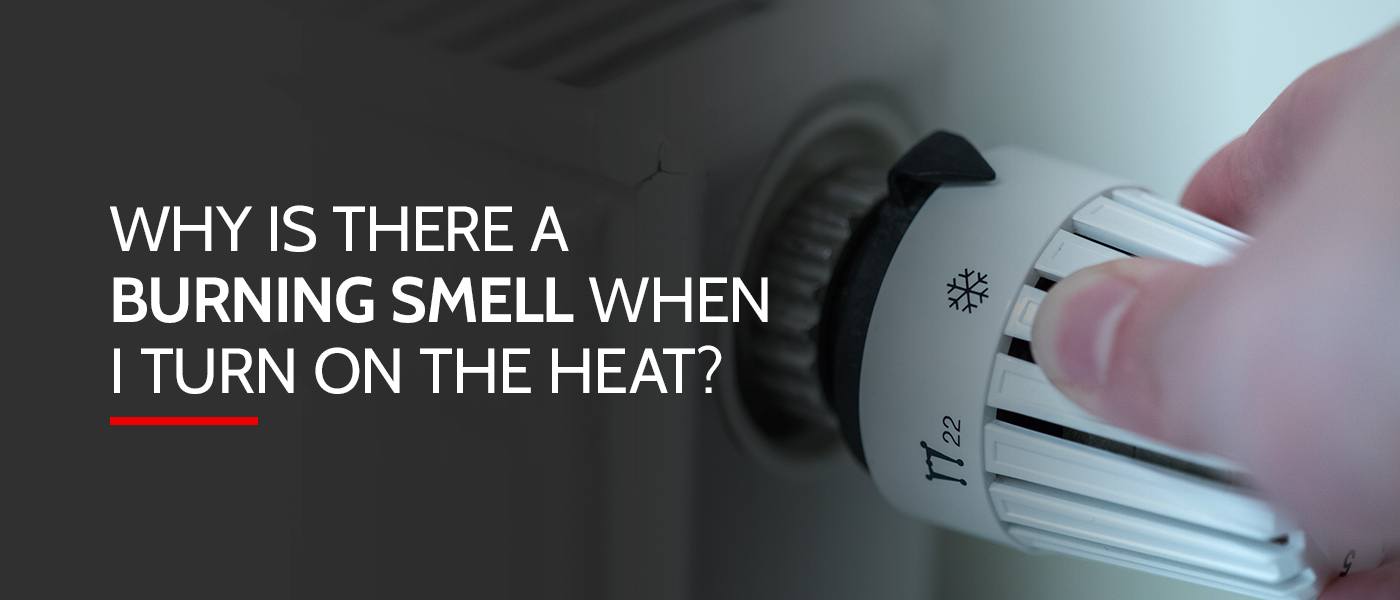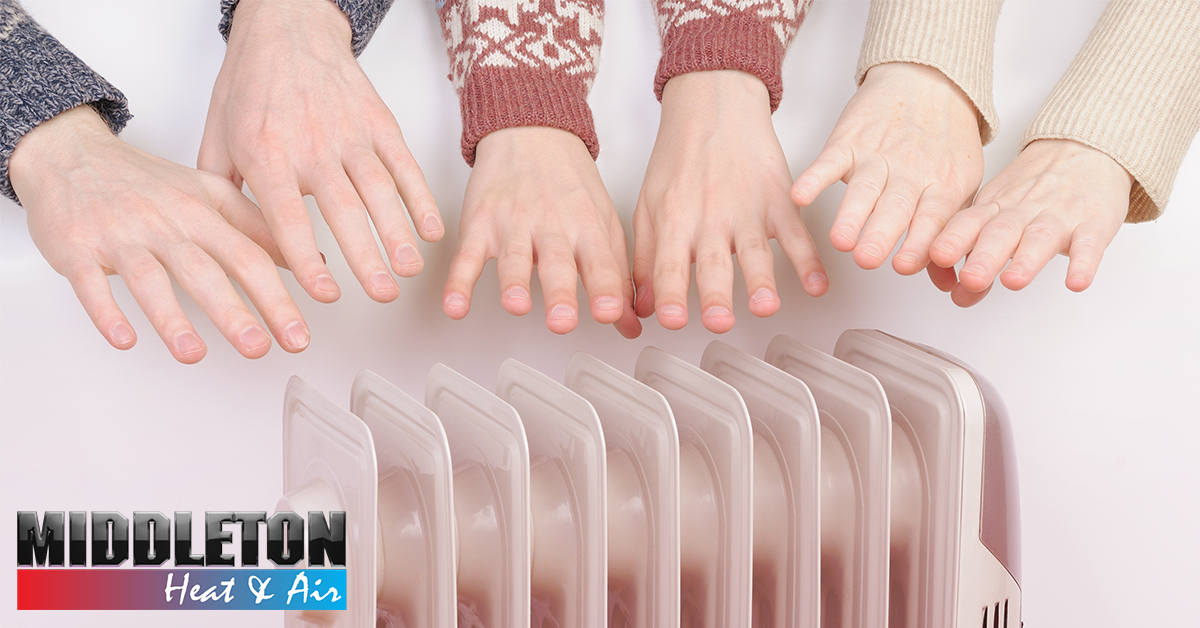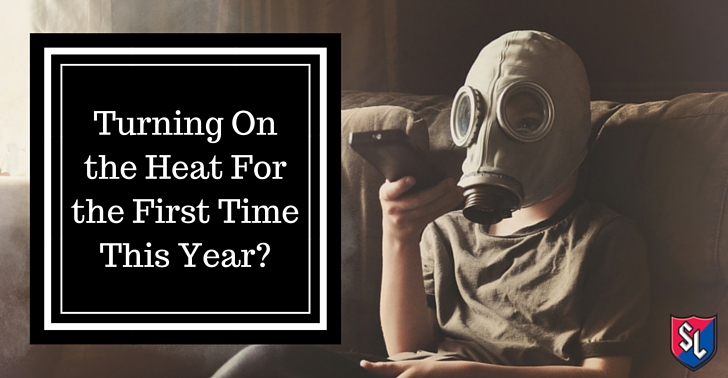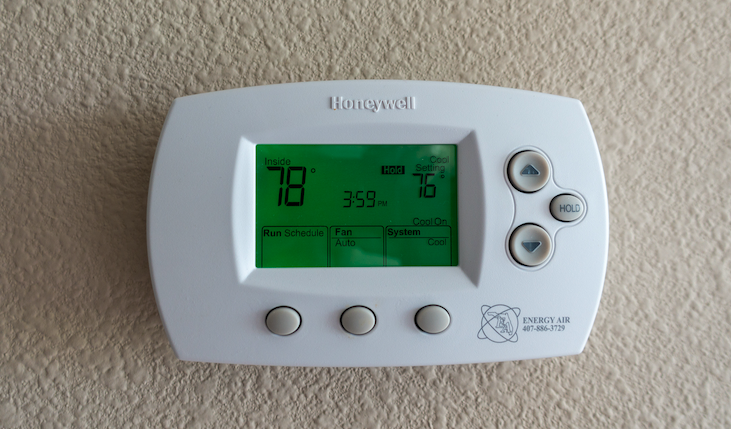Turning On Heat For First Time In Winter
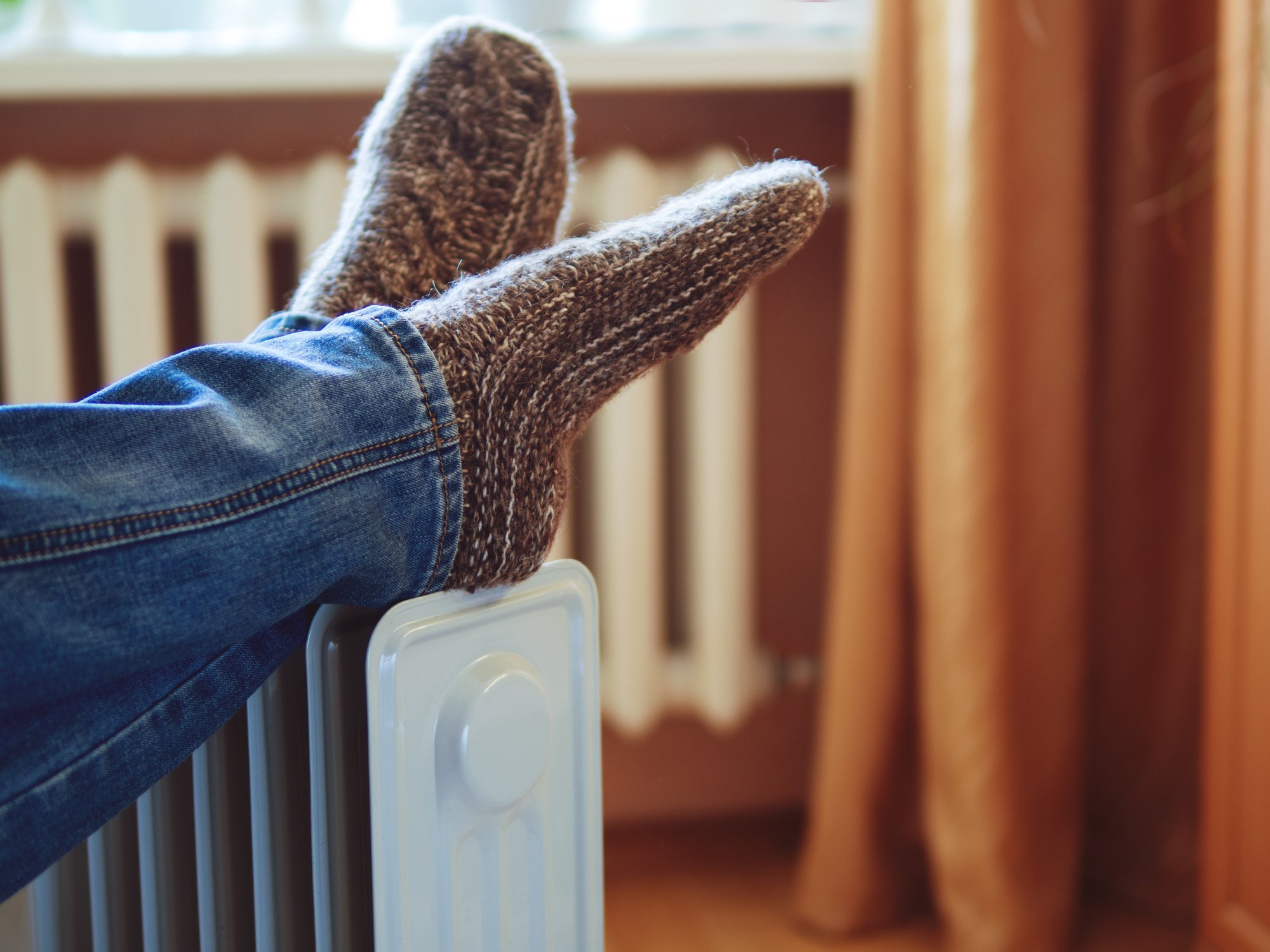
As the leaves change and a chill creeps into the air, the inevitable moment arrives: turning on your heat for the first time this winter. While the cozy warmth is welcome, the potential for increased energy bills looms large. Whether you're a homeowner seeking to minimize expenses, a business aiming for sustainable operations, or an HVAC contractor advising your clients, understanding the best practices for that initial start-up can make a significant difference. Let’s explore a step-by-step guide to ensure a smooth, efficient, and cost-effective transition into the heating season.
Pre-Season Prep: Setting the Stage for Savings
Before you even think about adjusting your thermostat, a little preparation goes a long way. This proactive approach not only enhances efficiency but can also prevent costly repairs down the line.
HVAC System Check-Up
Think of your HVAC system like a car. Regular maintenance is key to longevity and optimal performance. Schedule a professional inspection before the heating season kicks into high gear. A qualified technician can identify potential problems like refrigerant leaks, faulty wiring, or worn-out components. According to the Energy Star program, regular maintenance can improve HVAC efficiency by up to 30%, potentially saving you hundreds of dollars annually.
Ask your technician to check:
- Air Filter: A dirty air filter restricts airflow, forcing your system to work harder and consume more energy. Replace it with a clean filter – ideally, a MERV (Minimum Efficiency Reporting Value) rating appropriate for your system.
- Ductwork: Leaky ducts can account for significant energy loss. Seal any visible leaks with duct tape or, for a more permanent solution, mastic sealant. Consider professional duct sealing for older or extensive systems.
- Heat Exchanger: A cracked heat exchanger is a serious safety hazard, potentially leaking carbon monoxide into your home. Your technician will inspect this critical component.
- Blower Motor: Ensure the blower motor is clean and functioning properly. A worn-out motor can significantly reduce efficiency.
- Thermostat Calibration: Verify that your thermostat is accurately sensing and displaying the temperature.
Seal Air Leaks
Drafts are a major culprit when it comes to energy waste. Caulk and weatherstrip around windows and doors to prevent heat from escaping. According to the U.S. Department of Energy, sealing air leaks can reduce heating and cooling costs by up to 20%. Look for obvious gaps and cracks, but also check less obvious areas like:
- Electrical outlets and switch plates
- Where pipes and wires enter the house
- Around chimneys and flues
- Attic access doors
Consider adding insulation to your attic, walls, and crawl spaces. Proper insulation acts as a barrier, preventing heat loss in the winter and heat gain in the summer. Check your local utility company's website for available rebates and incentives for insulation upgrades.
Clean Vents and Registers
Dust and debris can accumulate in vents and registers, obstructing airflow. Vacuum them thoroughly to ensure efficient heat distribution throughout your home. Make sure furniture is not blocking any vents.
The Initial Start-Up: A Gentle Approach
When the day arrives to switch on the heat, take a gradual approach to avoid shocking your system and potentially causing problems.
Lower the Thermostat Gradually
Don't crank the thermostat up to its highest setting immediately. Instead, raise the temperature in small increments (e.g., 2-3 degrees every few hours). This allows your system to adjust gradually and avoids putting undue strain on its components. A sudden, drastic temperature increase can cause your system to work harder and less efficiently.
Monitor the System
Pay close attention to how your system is performing. Listen for any unusual noises, such as banging, whistling, or grinding. Check for any unusual smells, such as burning or gas. If you notice anything concerning, turn off the system immediately and call a qualified HVAC technician.
Check for Proper Airflow
Walk through your home and ensure that warm air is flowing freely from all vents and registers. If some rooms are significantly colder than others, it could indicate a problem with ductwork or a malfunctioning damper.
Smart Technology for Enhanced Efficiency
Integrating smart technology into your HVAC system can provide even greater control over your energy consumption and improve overall efficiency. The ROI on smart thermostats and sensors can be surprisingly quick, often paying for themselves within a year or two through energy savings.
Smart Thermostats
Smart thermostats learn your heating and cooling preferences and automatically adjust the temperature accordingly. Many models offer features like geofencing (automatically adjusting the temperature based on your location) and remote control via smartphone or tablet. According to Nest, their smart thermostat users save an average of 10-12% on heating bills and 15% on cooling bills.
Smart Sensors
Smart sensors can be placed in different rooms to monitor temperature and humidity. This allows you to create customized heating zones and ensure that each room is heated to the desired temperature. Some systems can even detect when a room is unoccupied and automatically lower the temperature to conserve energy.
Energy Monitoring Systems
These systems track your energy consumption in real-time, providing detailed insights into how much energy you're using and where you can save. They can identify energy-hogging appliances and help you make informed decisions about your energy usage.
Long-Term Strategies for Sustainable Heating
Beyond the initial start-up, implementing long-term strategies can help you maintain energy efficiency throughout the winter season.
Programmable Thermostat Schedules
Even without a smart thermostat, a programmable thermostat allows you to set different temperature schedules for different times of the day and week. Lower the temperature when you're asleep or away from home to conserve energy. Energy Star provides guidelines and recommendations for optimal thermostat settings to maximize energy savings.
Regular Maintenance
Continue to perform regular maintenance tasks, such as changing the air filter every month or two. Schedule a professional tune-up at least once a year to ensure your system is running efficiently and to identify any potential problems before they become major issues.
Consider a High-Efficiency Upgrade
If your HVAC system is old or inefficient, consider upgrading to a high-efficiency model. While the initial investment may be higher, the long-term energy savings can be significant. Look for models with high AFUE (Annual Fuel Utilization Efficiency) ratings for furnaces and HSPF (Heating Seasonal Performance Factor) ratings for heat pumps. Check for available rebates and incentives from your local utility company and government programs.
Optimize Your Home's Energy Envelope
Continue to improve your home's energy efficiency by sealing air leaks, adding insulation, and upgrading windows and doors. These improvements will not only reduce your heating costs but also make your home more comfortable year-round.
Government Resources and Rebates
Numerous government programs and resources are available to help homeowners and businesses improve energy efficiency. Check the Energy Star website for information on energy-efficient products, tax credits, and rebates. The U.S. Department of Energy also offers a wealth of information on energy efficiency strategies and technologies.
Many utility companies offer rebates and incentives for energy-efficient upgrades, such as installing a new furnace, heat pump, or smart thermostat. Contact your local utility company to learn more about available programs.
Conclusion: A Warm Home, a Healthy Budget, and a Sustainable Future
Turning on the heat for the first time in winter doesn't have to be a daunting prospect. By following these steps, you can ensure a smooth, efficient, and cost-effective transition into the heating season. From pre-season preparation to smart technology integration and long-term strategies, there are numerous ways to minimize energy consumption, save money, and contribute to a more sustainable future. Remember to leverage available government resources and rebates to maximize your savings. By taking a proactive and informed approach, you can enjoy a warm and comfortable home without breaking the bank.



